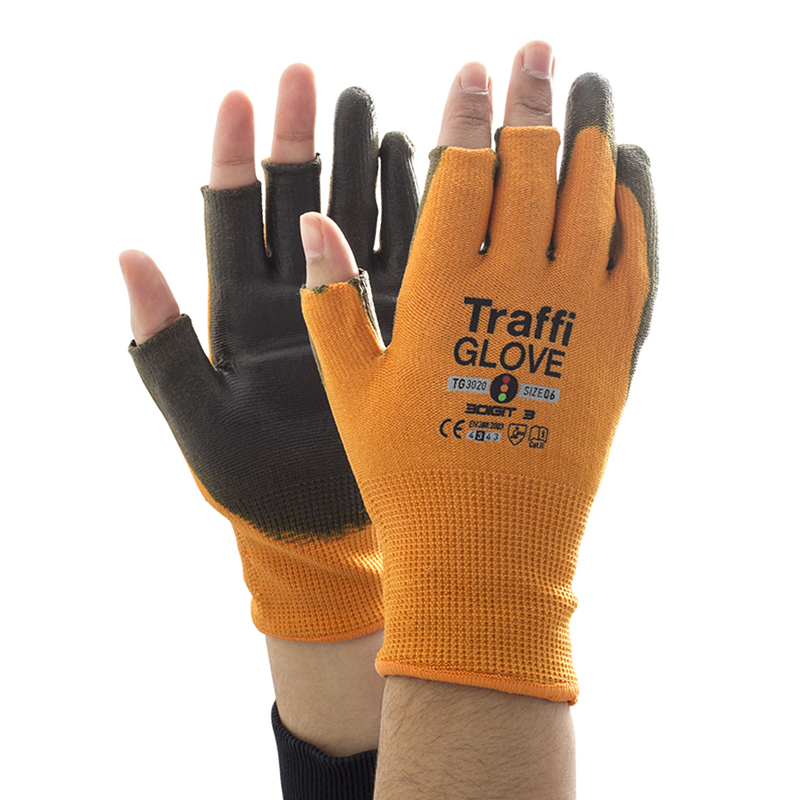

Get in touch with people in industries similar to yours and ask for their advice on selecting the right kind of cut protection. This will pay the greatest dividends since a concern with the user's comfort and convenience improves the odds that they will wear the glove whenever it is needed (learn about Trends and Technologies Making Cut Protective Gloves Truly Comfortable).Īnd be sure to consult suppliers and manufacturers. Pay close attention to worker engagement in terms of comfort, style, color, feel, and fit. Look at the industry applications they list, and determine if your industry falls into a specific level. Start from a known point, such as the ANSI chart. For example, does the cut resistant product you will use also need to shed water or provide puncture resistance? This focuses the process and allows you to formulate the questions you need to ask the manufacturer. The best way is to develop a list of statements about what you want or expect out of a CRG for a specific task.
#Cut fingers off gloves how to
How to Choose the Right GloveĪs stated above, a documented selection process is required when matching a work task to a protective glove. Some CRGs are made with steel strands woven into the fabric, combining two types of cut safety tech into a single protective material. The weave of a fabric also plays a critical role in a glove's cut resistance. Nylon is very strong, is abrasion resistant, and provides excellent touch sensitivity.Polyester is resistant to water and quick-drying.However, each has some unique features that might be relevant when considering other hazards the user might be exposed to. Various natural materials (rubber, cotton, wool, leather)Īlmost all CRG available are a combination of one or more of these materials.Īll of these materials have similar cut resistant properties.Dyneema (super-strong fiber made from ultra-high molecular-weight polyethylene).Cut Resistant MaterialsĬRGs can be made from, or from combinations of:

While this provides guidance in general terms, it is still absolutely necessary to match the specific task to a specific level of cut resistance and glove. The ANSI Chart below also provides examples of applications of the various levels of cut resistance.

A higher number indicates that the glove material resisted a higher level of cutting force during testing.įor example, an A-1 cut level means 200 grams of force was applied and resisted, while an A-9 cut level means 6000 grams were resisted. Level A1- A9 ProtectionĪNSI ranks the level of cut resistance from A1 to A9. Unless this is clearly stressed, injuries can result from a worker mistakenly assuming that a blade cannot penetrate their safety gloves. A cut resistant glove will provide some degree of protection but will not stop all cuts. A Level 1 glove subjected to a force above its tested capacity is likely to fail, which makes matching the cut resistance glove to the level of force involved especially important.Įducating the end-user that, while the CRG is designed to provide protection in the event of a contact with a cutting hazard, contact between blade and glove should be avoided at all costs. Of all these, force is one of the most critical factors. The shape and design of the cutting edge (razor edge, serrated, jagged, etc.).Location of the blade’s force on the glove.Length and direction of the cutting force or contact.knife, rotating blade, stamped metal edge) Various factors influence the cut resistance of a glove when it is in use, including: In this case, cut resistant gloves (learn more about The Hierarchy of Hazard Controls). If the analysis demonstrates the the other control methods (treat, tolerate, transfer, terminate) that could be used are either ineffective or not reasonably practicable, then PPE is needed as the last line of defense. If your analysis identifies cut hazards, it should then run through the hierarchy of hazard controls. Whether your workplace needs cut resistant gloves will depend on the outcomes of your hazard or risk analysis.
#Cut fingers off gloves iso
In my opinion, however, the ISO 13997 methodology is the most stringent option, but also the most expensive to perform. In North America, the ANSI/ISEA 105 methodology and the descriptors attached here are valid for use in the glove selection process. All are valid methodologies, but if you must test the cut resistance of a glove, start by determining which are acceptable under law in your jurisdiction. There are at least three cut resistance testing methods in current use. Still, they are the best currently available method for testing cut resistance. These tests do not reflect real-world industrial situations, applications, or conditions.


 0 kommentar(er)
0 kommentar(er)
